Factories always fascinate me, as I often wonder how the things I eat, use, or consume are manufactured by workers or machines: transforming raw materials into final products. Since the Industrial Revolution, factories have become a prominent subject of art history. Some artists depict them as a spectacle, some express concerns about their environmental impact, and others simply appreciate the power of the machine and the human workforce. Cao Fei explores the site of the factory from a different perspective in her film, Whose Utopia (2006), which is now on view at the Museum of Modern Art, New York. Shot in Foshan—a major manufacturing city in the Pearl River Delta region of southern China, and near the artist’s hometown of Guangzhou—the film takes place at the Osram light bulb factory. It consists of three parts. The first, “Imagination of Product,” is a candid documentation of the production process from an observational perspective. However, I would not call Whose Utopia a documentary. Without providing any basic information about the factory, this part solely presents close-up shots of assembly lines from fixed angles, accompanied by a soundtrack that seems to be the noise of operating machines. The full manufacturing process of a single product is not depicted from start to finish; instead, the film compiles footage of random steps from different production lines. At the beginning, viewers—especially those not familiar with the industry—likely can not tell that the film was shot in a light bulb factory until the final product—a light bulb—appears. For someone like myself, who has never seen a light bulb factory, the scenes captured by Cao Fei are spectacular. Illuminated fluorescent light tubes on the relentlessly operating conveyor belt turns the machine into a kind of kinetic installation that would make Dan Flavin gasp with admiration. Contrasting the gigantic machinery is the meticulously performed manual work of the employees. A few shots focus on the workers’ hands, sorting parts that are smaller than their fingernails.
Accompanied by sad and slow piano music, the atmosphere drastically changes in the second part, “Factory Fairytale.” Here, Cao Fei directs the camera to several factory workers, both men and women, who use their workplace as a stage: dancing or playing guitar in costumes and factory uniforms. It is utterly uncanny to see such performances set against the backdrop of the assembly line, warehouse, and work desks. What makes the scene even more fantastical are the other workers, who continue their work and appear unaware of the performers’ presence. The performance then ceases and transitions to a girl waking up in the dorms. She looks out a window, pondering, as if the performance took place in her dreams.
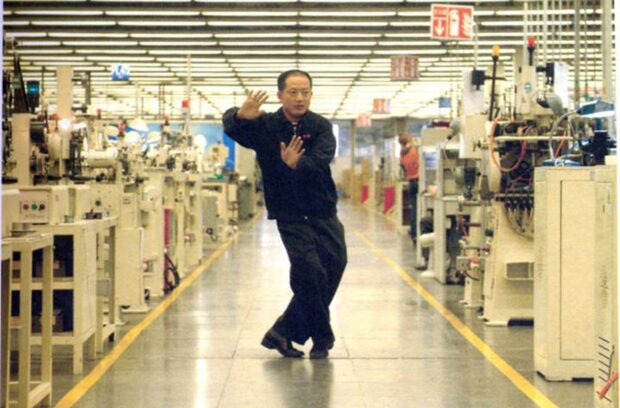
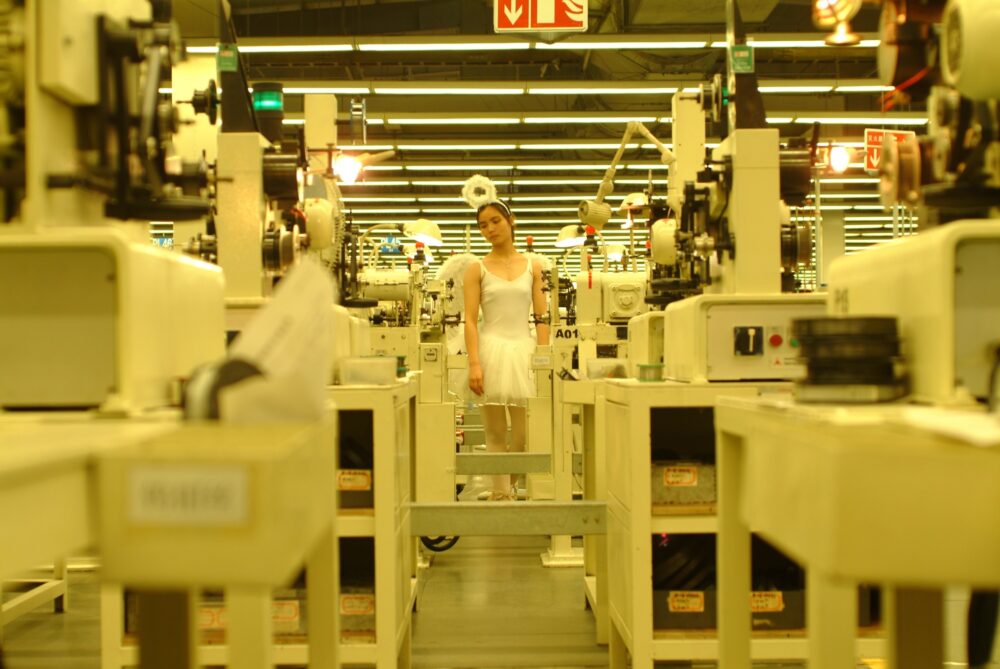
The third and final part, “My Future is Not A Dream,” comprises a series of static single shots of factory employees. Each is at his or her work station, but looks directly at the camera; the machines nearby are still running, and other workers pictured in the background continue their routines uninterrupted. In the very last scene, several young men wear white t-shirts, each printed with a Chinese character. Together, the characters read “my future is not a dream,” echoing the title of this part. In fact, this line comes from an eponymously titled inspirational Chinese song. Although the song was released in 1988, it’s still popular and the titular line has become a buzzword. The song expresses the will of a younger generation to achieve a better life for themselves. Many of these young factory employees in the film come from less developed regions and seek better paying jobs in the Pearl River Delta—one of the first special economic zones established in China.
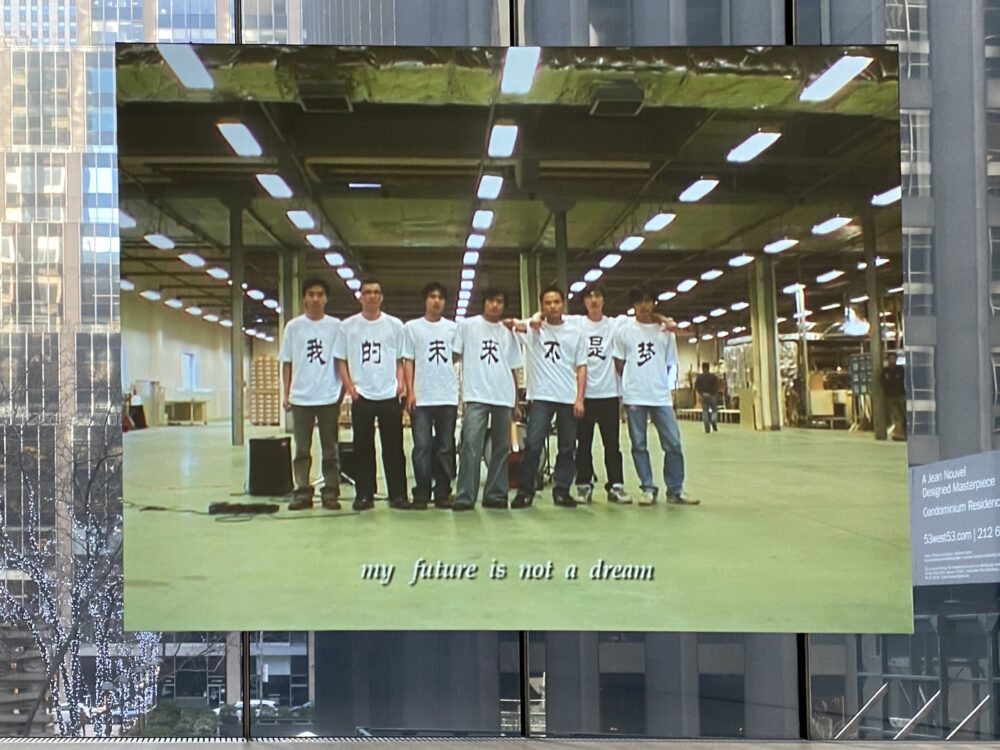
In Whose Utopia, Cao Fei is not concerned with the function, environmental effects, or manufacturing capacity of the factory. Instead, she focuses on the people behind the scenes and explores individualism in a place more often associated with collectivism—an ideology that still lingers in China today. By featuring close-up shots of factory employees, Cao Fei draws individuals out of the mass, making the usually anonymous manufacturers come into sharp focus.
When watching Whose Utopia, I was haunted by a sense of loss and I could hardly tell why. Perhaps I empathized with the youths who experienced tremendous socio-economic change during the late ‘90s and the early 2000s, including rapid urbanization and industrial advancement. They followed the trend and entered the factory, looking forward to a bright new life in the face of much uncertainty. Perhaps it is the installation’s location at MoMA: suspended from the ceiling, the screen is set against a large glass wall through which one can see high rises amongst the city skyline. The juxtaposition of two realms—a Chinese factory in the early 2000s and a New York cityscape in my present—intensifies the sensation of unreality. When I turned around and prepared to leave, I saw my reflection in the glass along with that of a female worker who was probably the same age as I am. Across time and space, we were connected virtually via Cao Fei’s film. I realized it was my utopia.


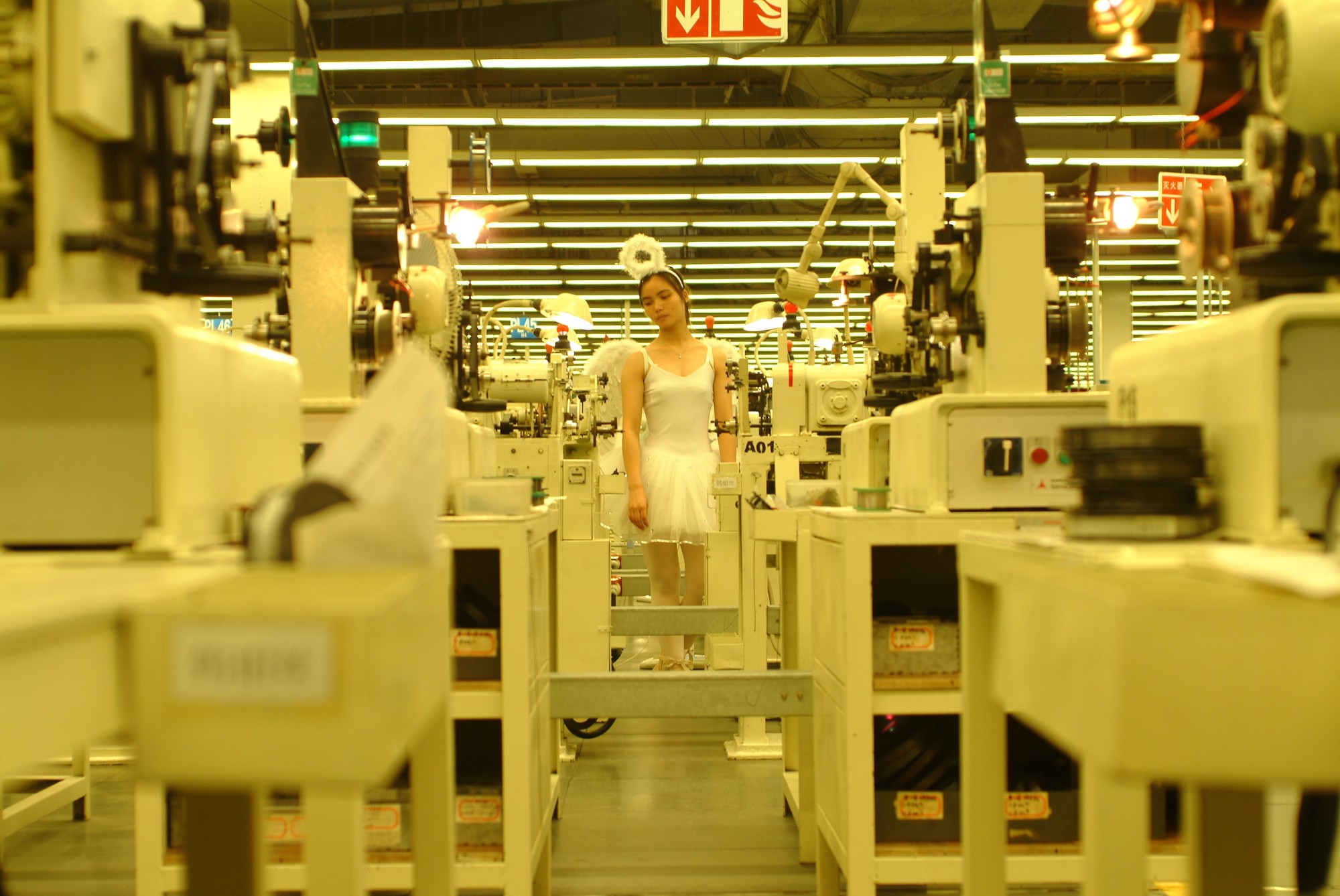
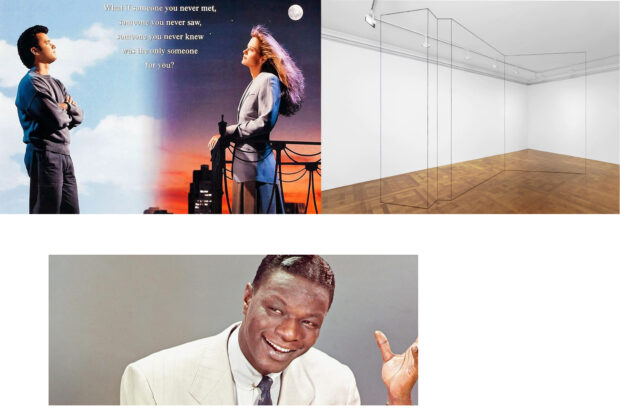


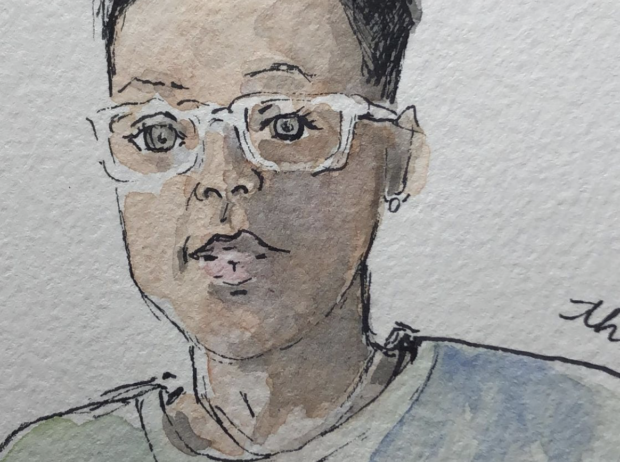
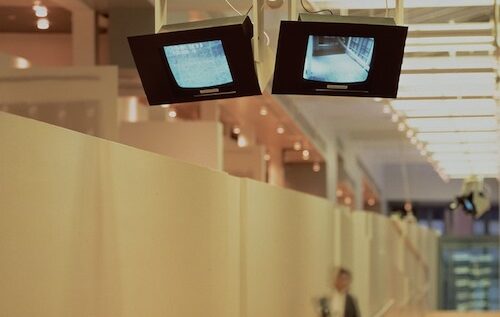
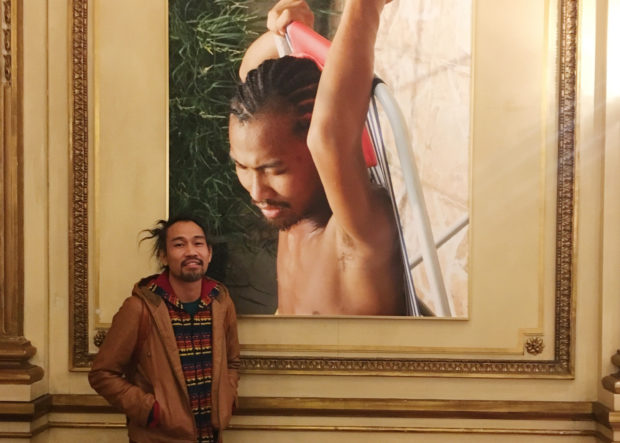

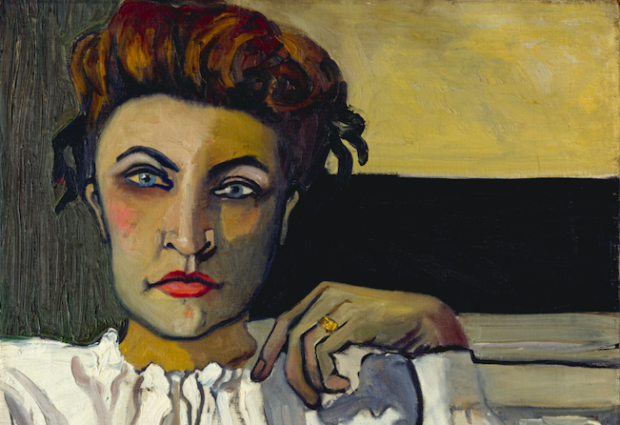
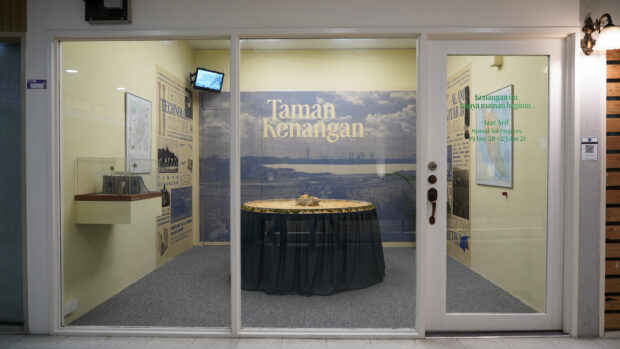
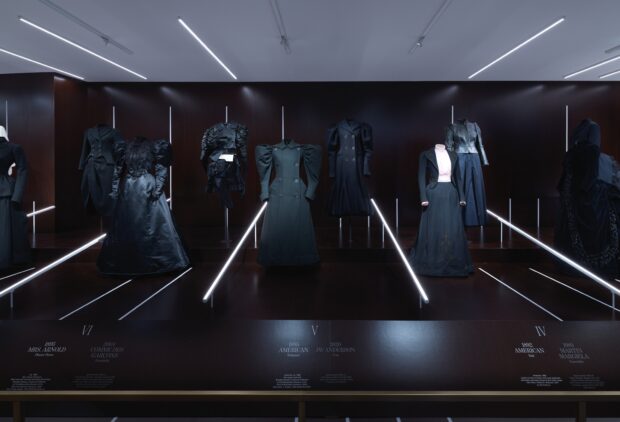
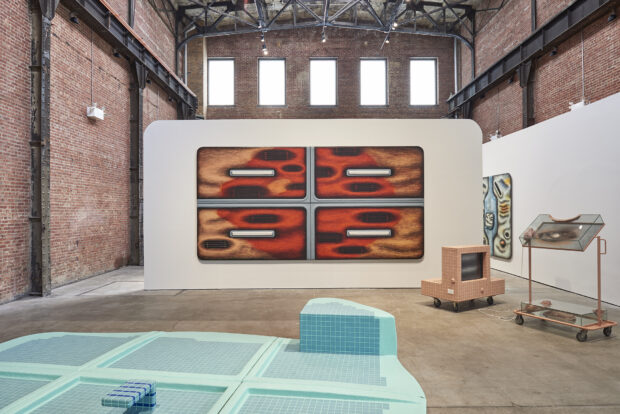
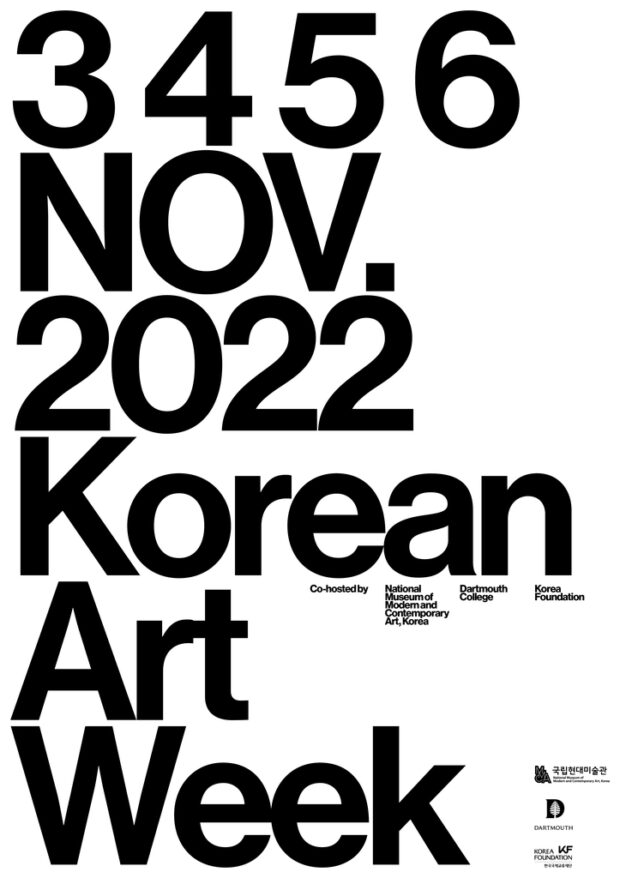


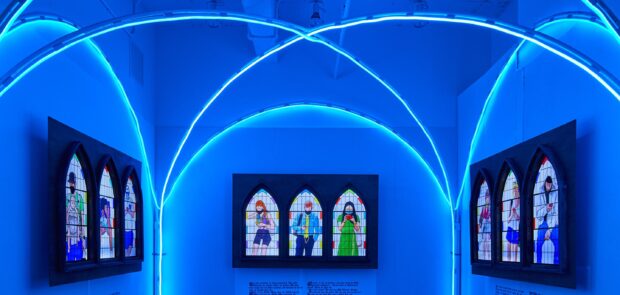
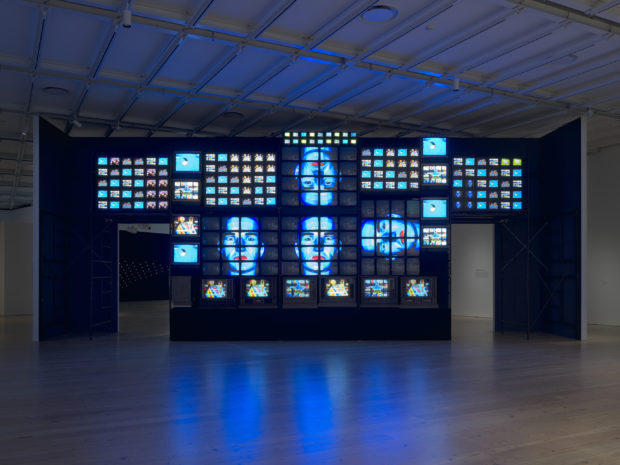
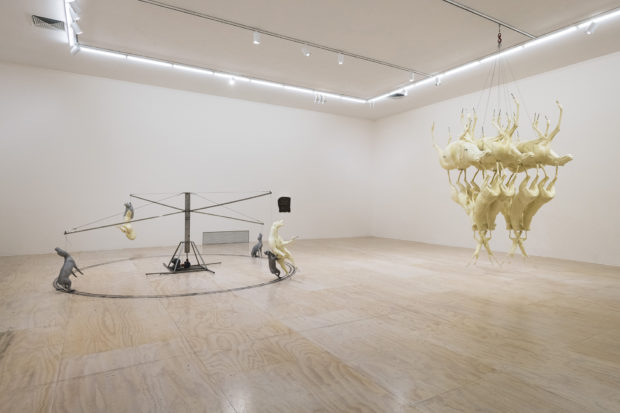
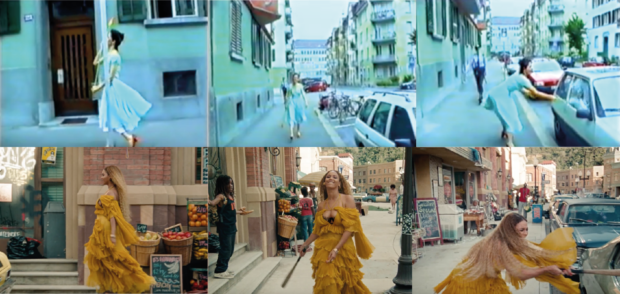
Be First to Comment